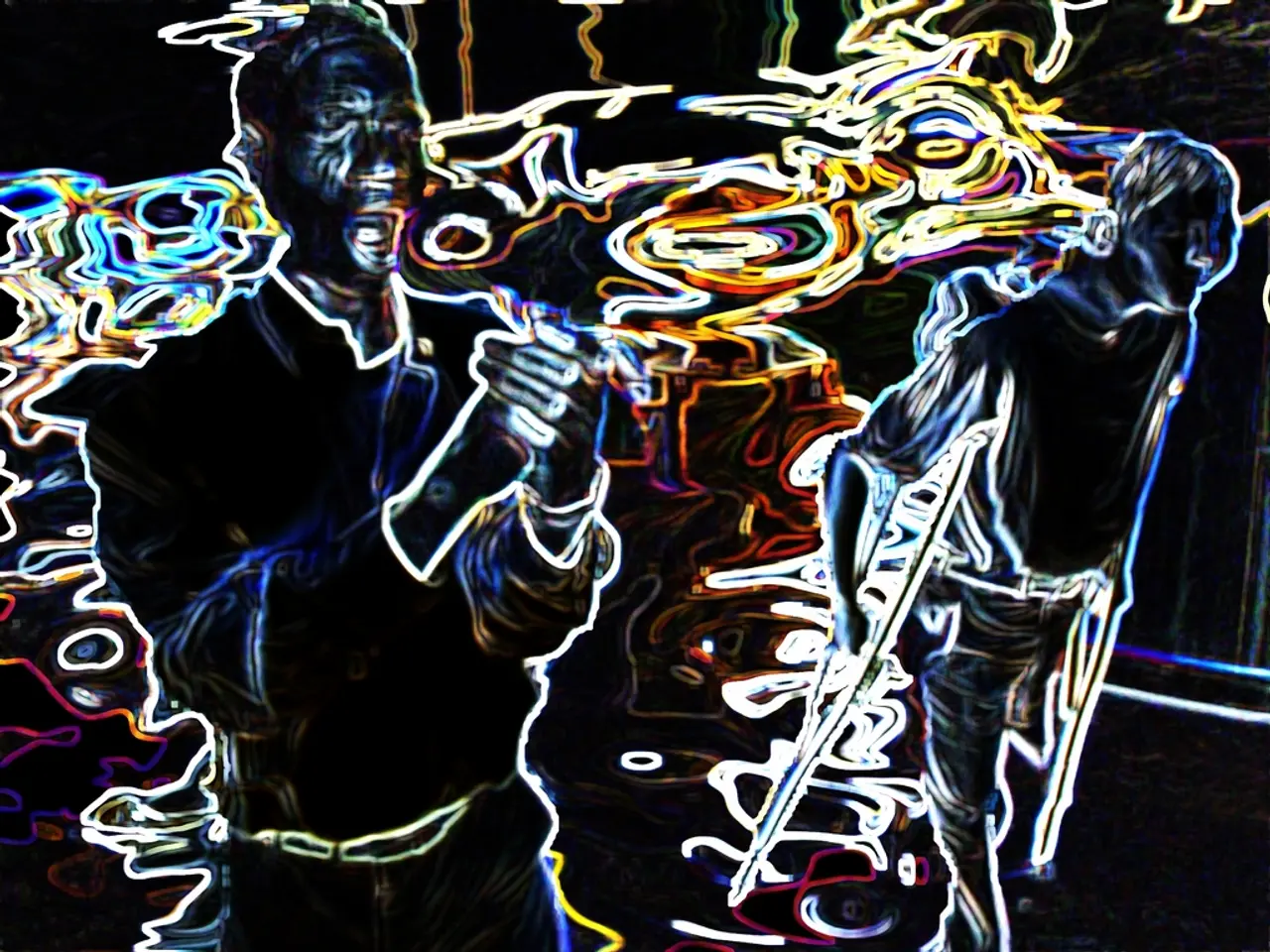The Mysteries Unveiled: The Real Reasons for Yawning in Humans and Beasts - The Mystery Behind Why Humans and Animals Yawn Uncontrollably
Yawning Across Species: A Window into Animal Social Interactions
Yawning, a universal behaviour observed in a diverse range of animals, has long fascinated scientists. A field of research called chasmology, dedicated to the study of yawning, is shedding light on its multiple functions.
One of the key figures in this field is biologist Margarita Hartlieb, who spent years observing animals yawning in zoos and animal stations from 2017 to 2019. During her research, she analysed a total of 1291 yawns from 101 animal species.
Hartlieb's findings suggest that yawning serves both physiological and social purposes. In terms of physiology, yawning can help stretch the muscles of the throat and jaw, supporting efficient vocalization, swallowing, and breathing. It may also regulate brain temperature and signal tiredness or stress.
However, the social effects of yawning are perhaps even more intriguing. Contagious yawning, where one animal's yawn triggers another to yawn, may have a significant impact on the interaction between living beings. This contagion is often stronger between individuals with closer social bonds, indicating a potential link between empathy and contagious yawning.
In social species like gelada baboons and wolves, contagious yawning correlates with the strength of social ties, suggesting a potential empathy link. Even cross-species contagious yawning has been observed, with domestic dogs responding to human yawns, and wolves exhibiting contagious yawning influenced by social bonds, indicating that this behaviour may predate domestication.
Contagious yawning has also been demonstrated in budgerigars (social parrots) and zebrafish, suggesting that this behaviour has evolved multiple times independently and may not always relate to social closeness in non-mammals.
Hartlieb's results confirm the "cooling theory" about the reason for yawning, but there are still doubts about whether yawning could simply be an imitative behaviour, like scratching, laughing, or coughing when others do. Further studies are needed to determine if this behaviour synchronisation applies to other animal groups such as prides, herds, or flocks.
Moreover, Hartlieb's data shows that animals with larger brains and more brain cells yawn longer. For instance, green-winged macaws yawn for an average of 3.7 seconds, while orangutans yawn for 8.8 seconds.
American researcher Andrew Gallup believes that yawning cools the brain, allowing it to function properly. However, the exact mechanisms behind this theory remain to be elucidated. Contagious yawning is not yet fully understood, and more research is needed to solve the mystery of why it is contagious across species.
Contagious yawning is observed in a variety of animals, including dogs, budgerigars, pigs, wolves, and elephants. As our understanding of this behaviour deepens, it offers a fascinating window into animal social interactions and emotional connections.
[1] Provine, R. (2012). Laughing at sciencing: the social function of laughter. Cambridge University Press. [2] Platek, S. M., & Gallup, G. G. (2009). Empathy and the neural basis of prosocial behavior. In S. M. Platek, G. G. Gallup, & T. Insel (Eds.), Empathy: its origins, development, and evolution (pp. 191-210). Oxford University Press. [3] Panksepp, J., & Biven, L. (2012). The archaic roots of human emotion: how our primitive brain makes us human. Oxford University Press. [4] Silk, J. B., & House, C. A. (2006). Social constraints on contagious yawning in gelada baboons. Animal Behaviour, 71(3), 475-479.
I'm tired after reading about the numerous species exhibiting contagious yawning, a behavior that highlights their social connections and mental health. This research, particularly by Margarit Hartlieb, has links to health-and-wellness, as understanding yawning can contribute to our understanding of brain temperature regulation and stress levels in wildlife. This study also has implications for the field of science, as it suggests that yawning might be more than just an imitative behavior and could trigger empathy in social animals.




